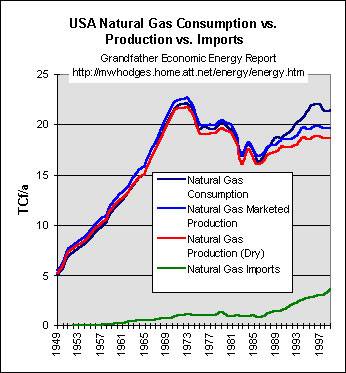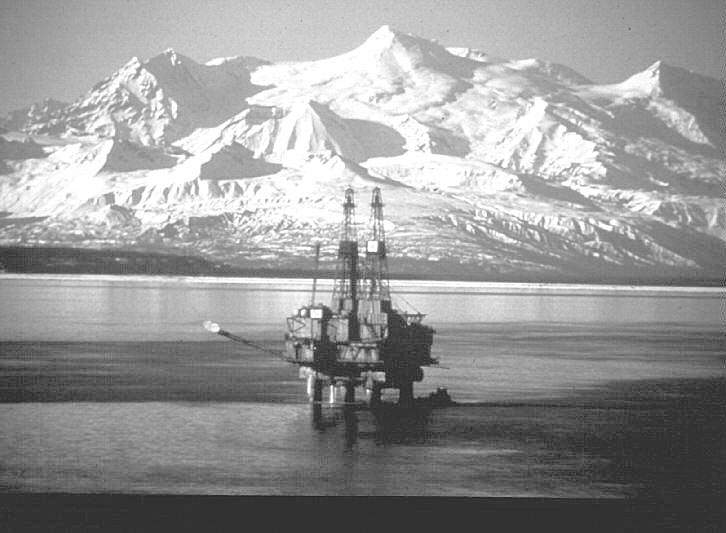
Data:
Natural Gas
|
Natural Gas Production In the Pacific Northwest, pipelines owned by Northwest and PG & E transport natural gas to us from the Western Canadian Sedimentary Basin located in Alberta, Canada. The extraction of natural gas most often coincides with the extraction of oil, however the transportation of natural gas is much more difficult than oil. Because of this, in the Pacific Northwest, we receive our gas from Canada. Natural gas is primarily utilized by the UO Facilities to heat buildings on campus by heating water to create steam. The generation of electricity occurs as the steam pumps through turbines. On average UO Facilities generates 13% of the total UO electricity profile through this process. The University also receives a small portion of electricity from a cogeneration plant in Springfield, which is partially owned by EWEB. Benefits of Natural Gas Natural gas is the cleanest burning of all hydrocarbon fuels, which makes it quite appealing as a viable "clean" energy option. Unlike coal, it produces very little sulfur dioxide or other air contaminants and produces very little solid waste. Like coal, natural gas is quite cost competitive with other sources of energy production. Because of these factors, the United States consumes more natural gas than any other country in the world and is the second largest producer of it. |
Off-Shore Drilling in Alaska
Photo Source: http://www.doi.gov/energy_security/OffshoreOil.html |
|
The Downside The Limits on Natural Gas The graph to the right depicts the rise (and decline) of U.S. gas production and consumption over the past 50 years. A peak in production occurred in the 1970's and since then, gas production remains fairly steady. The graph also shows the consumption begins to rise above production from the mid-1980's on. This spurs an increase in imports, mainly from Canada, to meet this demand. Transportation of natural gas is problematic because natural gas is not solid or liquid. It cannot be transported far in its vapor form and turning it into a liquid can prove quite expensive. Because of these transportation limits, the U.S. imports very little natural gas and almost none comes from overseas. This puts a strict limitation on the supply. |
 |
